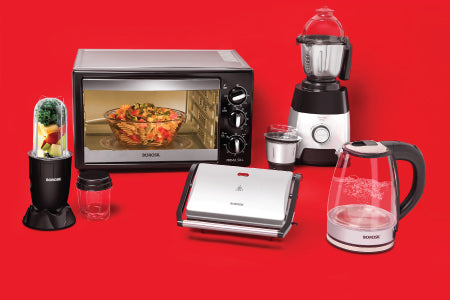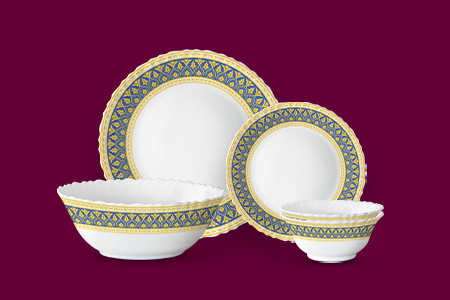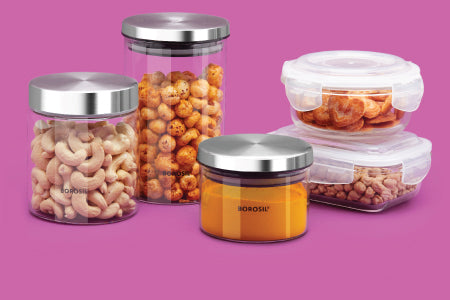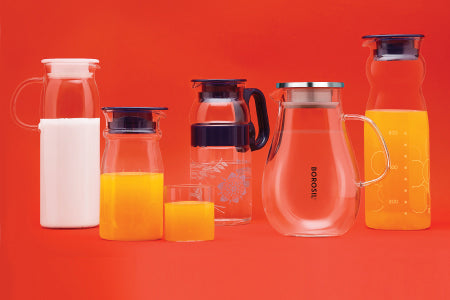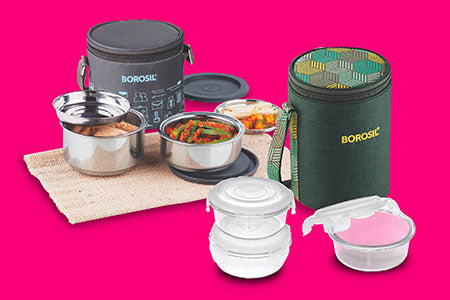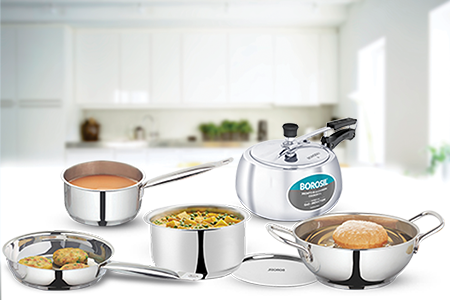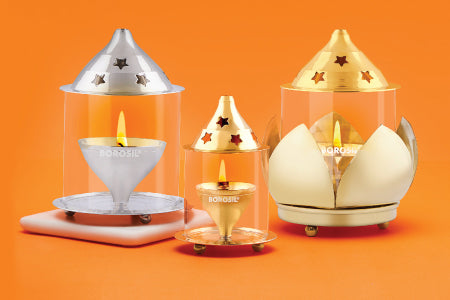
Tips and Tricks for Baking the Perfect Sponge Cake
Baking a delightful sponge cake that's as light as a cloud and as delicious as a dream might seem like a kitchen challenge, but fear not! With a sprinkle of know-how and a dash of enthusiasm, you can conquer the art of baking the perfect sponge cake. 
Let's dive into some easy and fun tips that will elevate your baking game to new heights!
1. Gather Your Ingredients:
Before you start, make sure you have all your ingredients ready. You'll need flour, sugar, eggs, butter, and a leavening agent like baking powder. Having everything measured and at room temperature ensures a smoother baking process.
2. Choose Your Flour Wisely:
Selecting the right flour is the foundation of your sponge cake. Opt for cake flour or all-purpose flour for that soft and tender crumb. These flours have just the right protein content to give your cake its signature lightness.
3. Eggs Matter:
Eggs are the backbone of your sponge cake. Separate the egg yolks from the whites with care. Whip the egg whites until they form stiff peaks to create the airy structure your cake needs. Gently fold them into the batter to maintain that fluffiness.
4. Sift the Dry Ingredients:
Sifting the flour and baking powder together helps break up any lumps and ensures even distribution of leavening agents. This leads to a smoother, more consistent batter.
5. The Art of Folding:
When adding the sifted dry ingredients to the egg and sugar mixture, use a gentle folding motion. Overmixing can deflate the batter and result in a dense cake. Use a spatula to gently combine your dry and wet ingredients. This keeps the air bubbles intact, ensuring a light and airy cake. Remember, patience is key here!
6. Use Room Temperature Butter:
If your recipe calls for butter, ensure it's softened to room temperature. Creaming room-temperature butter with sugar creates a light and airy base for your sponge cake.
7. Choose the Right Pan:
Selecting the right baking pan size is important. If the pan is too small, the batter might overflow. If it's too large, the cake might not rise properly. Stick to the pan size specified in your recipe for best results.
8. Preheat the Oven:
Preheat your oven to the temperature mentioned in the recipe before you start mixing the ingredients. This ensures that the cake starts baking evenly as soon as it's placed in the oven.
9. Avoid the Peek-a-Boo Temptation:
We get it, it's exciting to watch your cake rise and transform, but resist the urge to open the oven door too soon. Sudden temperature changes can cause your cake to sink. Peek through the oven window if possible, or wait until it's near the end of the recommended baking time.
10. Test for Doneness:
To check if your sponge cake is done, insert a toothpick into the centre. If it comes out clean or with a few crumbs, the cake is ready. If there's batter on the toothpick, it needs more time.
11. Cool Properly:
Once your cake is done baking, let it cool in the pan for about 10 minutes. Then, gently run a knife around the edges to loosen it before turning it out onto a wire rack to cool completely. Cooling prevents the cake from becoming too moist and sticky.
12. Practice Makes Perfect:
Remember, baking the perfect sponge cake might take a bit of practice. Don't be discouraged if your first attempt isn't flawless. Each time you bake, you'll learn something new to improve your skills.
BorosilTip: Let Creativity Sprinkle In
Don't hesitate to sprinkle in your creativity!
Add a touch of vanilla extract, a zest of lemon, or even a swirl of chocolate to elevate the flavours. Experiment with fillings like whipped cream, fruit preserves, or even a luscious ganache between cake layers.
Remember, baking is both a science and an art. While these tips are your secret ingredients, don't be afraid to experiment, learn from your baking adventures, and have fun along the way. With practice and a sprinkle of patience, you'll soon be baking sponge cakes that are both delicious and dazzling!
Happy baking!

